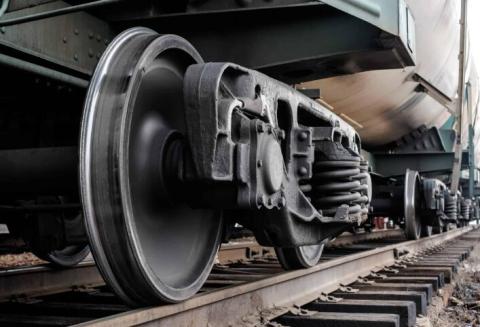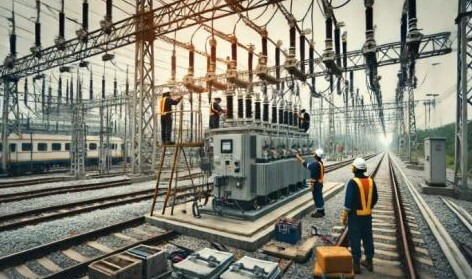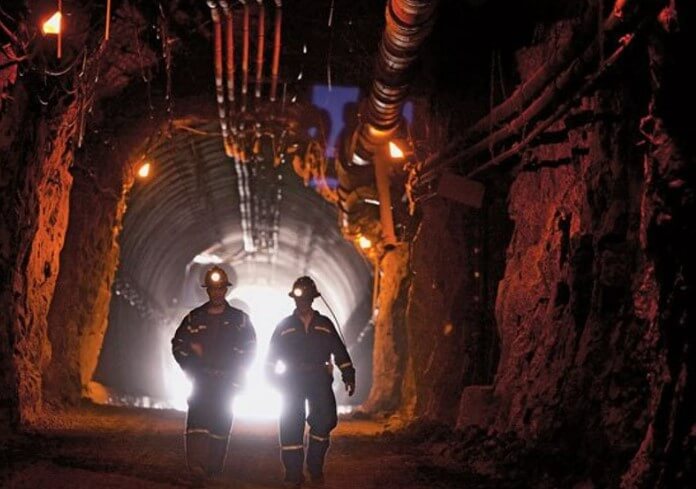
Railway systems are the lifeline of modern transportation, moving people and goods efficiently across cities and countries. Behind the smooth motion of trains lies a sophisticated network of electrical engineering marvels. One of the most critical components of this network is the traction power system, and at the heart of it stands the railway substation.
In this blog, we’ll explore the fundamentals of traction power systems for railways, break down how substations work, and highlight why they are essential for safe, reliable, and sustainable rail transport.
Understanding the Basics: What is a Traction Power System?
A traction power system is the backbone of electrified railway operations. Simply put, it provides the electricity needed to run electric locomotives and multiple-unit trains. Instead of depending on fossil fuels, these trains draw their energy from an electrical network designed specifically for railways.
This system consists of:
- Power supply substations that convert and deliver electricity.
- Overhead lines or third-rail conductors that carry electricity to trains.
- Return circuits that complete the electrical loop.
The seamless integration of these parts ensures trains can accelerate, climb gradients, and maintain consistent speeds while carrying heavy loads.

GET IN TOUCH
The ultimate solution for reliable power control! call us at 276-285-3841
The Role of Substations in a Power System
Railway substations act as the intermediary between the national grid and the railway’s traction network. Without them, it would be impossible to deliver power to trains at the correct voltage and frequency.
Here’s how a substation fits into the bigger power system:
- Receiving Power – Electricity is drawn from the high-voltage transmission grid.
- Voltage Conversion – Substations step down the voltage to the level required for train operation. For instance, in many countries, power is delivered at 132 kV or higher and reduced to 25 kV AC or 1.5 kV/3 kV DC for the railway system.
- Conversion (AC/DC) – Depending on the railway’s design, substations may also convert alternating current (AC) into direct current (DC).
- Distribution – The processed electricity is then fed into the railway’s overhead catenary lines or third-rail systems, ready to be drawn by trains.
Types of Traction Power Substations
Not all railway substations are created equal. They differ based on the kind of current and the role they play within the system. Let’s look at the major types:
- AC Traction Substations
- Used in modern high-speed and long-distance railways.
- Typically step down power to 25 kV AC.
- Provide efficient transmission over long distances.
- DC Traction Substations
- Common in urban metro systems, trams, and suburban railways.
- Step down and rectify power to voltages like 750 V DC or 1.5 kV DC.
- Better suited for stop-and-go operations.
- Converter Substations
- Specialized facilities that convert AC to DC or vice versa.
- Often used in regions where existing grid supply does not match railway requirements.
- Switching Stations
- Control the distribution of electricity across different sections of the track.
- Provide flexibility and reliability, allowing maintenance or isolation during faults.
Why Substations Are Essential
Railway substations are not just power converters—they’re guardians of reliability and efficiency. Here’s why they are indispensable:
- Energy Efficiency – They minimize energy losses by ensuring voltage levels match railway requirements.
- Safety – Substations incorporate protection systems to safeguard against overloads, short circuits, and lightning strikes.
- System Stability – They regulate power supply, preventing fluctuations that could damage trains or disrupt schedules.
- Operational Continuity – With advanced designs, substations ensure redundancy, so if one unit fails, others can take over seamlessly.
Innovations in Railway Power Systems
The railway industry is embracing innovation, and substations are no exception. Modern traction power substations incorporate:
- Smart Grid Technology – Digital monitoring and remote-control systems improve efficiency and reduce downtime.
- Energy Storage Solutions – Batteries and supercapacitors capture regenerative braking energy from trains and feed it back into the system.
- Renewable Integration – Substations increasingly connect with solar or wind sources, supporting greener railway operations.
- Predictive Maintenance – IoT sensors predict equipment wear and tear, reducing costly unplanned outages.
Swartz Engineering has been at the forefront of developing reliable, advanced power system components tailored for railway applications. By combining decades of expertise with modern technology, we help railway operators achieve higher safety standards and energy efficiency.
Challenges in Designing a Traction Power System
Building a robust traction power substation comes with its challenges. Engineers must consider:
- Load Demand – Railways have fluctuating loads depending on schedules and train density.
- Environmental Conditions – Substations must withstand extreme weather, dust, and vibration.
- Compatibility with Grid – Different regions have unique power grid specifications that require careful coordination.
- Urban vs. Rural Needs – City-based metro substations differ greatly from cross-country high-speed rail systems.
Swartz Engineering works closely with railway authorities to tailor solutions that overcome these challenges while ensuring long-term performance.

GET IN TOUCH
The ultimate solution for reliable power control! call us at 276-285-3841
The Human Side of Railway Power Systems
Beyond the technical details, railway substations impact everyday life in profound ways:
- Reliable Commutes – For millions of urban commuters, efficient substations ensure trains run on time.
- Sustainability – Electrified rail reduces reliance on fossil fuels, lowering greenhouse gas emissions.
- Economic Growth – Stable railway operations support trade, tourism, and workforce mobility.
- Safety & Comfort – Substations power the heating, cooling, and lighting systems on trains, enhancing passenger experience.
Every time a train leaves the station, there’s a team of engineers and a powerful substation working silently in the background to make it possible.
Future Outlook
As global demand for sustainable transportation grows, traction power systems will only become more important. Substations of the future will likely:
- Operate with higher automation and AI-driven monitoring.
- Integrate renewable energy sources as a standard.
- Incorporate energy-efficient materials and designs.
- Offer greater resilience against cyber and physical threats.
Swartz Engineering is committed to driving this future forward, ensuring that railway power systems remain reliable, efficient, and sustainable.
Conclusion
The traction power system for railways is much more than an electrical supply—it is the engine behind modern mobility. Substations, as the heart of this system, ensure trains run safely, efficiently, and sustainably. From voltage conversion to energy efficiency and renewable integration, these facilities represent the perfect intersection of engineering and public service.
At Swartz Engineering, we understand that every train journey begins with a reliable power system. Our mission is to design and deliver advanced traction power solutions that keep railways moving and communities connected.
Products We Offer
Swartz Engineering strives to provide top-quality products to achieve our customer's needs. Our products include:
- Type 76 DC Relay
- Type 82 DC Relay
- Swartz Engineering’s Type 64 Ground Relay
- Type 32 Reverse Current Relay
- Type 150 DC
- CSM Shield Monitor
- Metal Oxide Surge Arrestors
- Transducers
- MVIS SL Slim-line Contactor
- Fully-tested Power Control Rooms
- Swartz Engineering’s Portable Substations
For nearly half a century, we have proudly led the industry in ensuring safety and efficiency. Swartz Engineering is a trusted family-owned company dedicated to providing top-notch power distribution solutions for the electrical industry. Contact us today.
